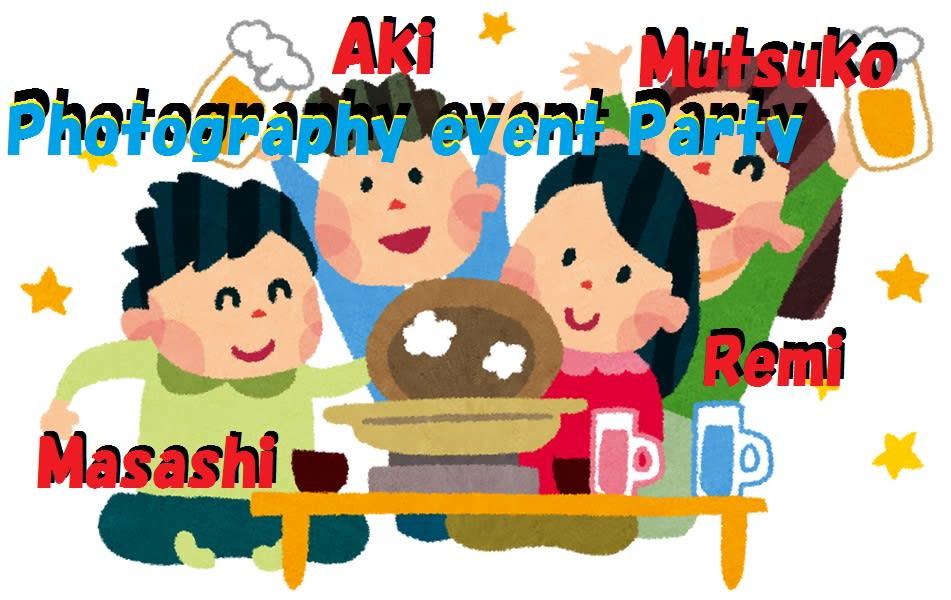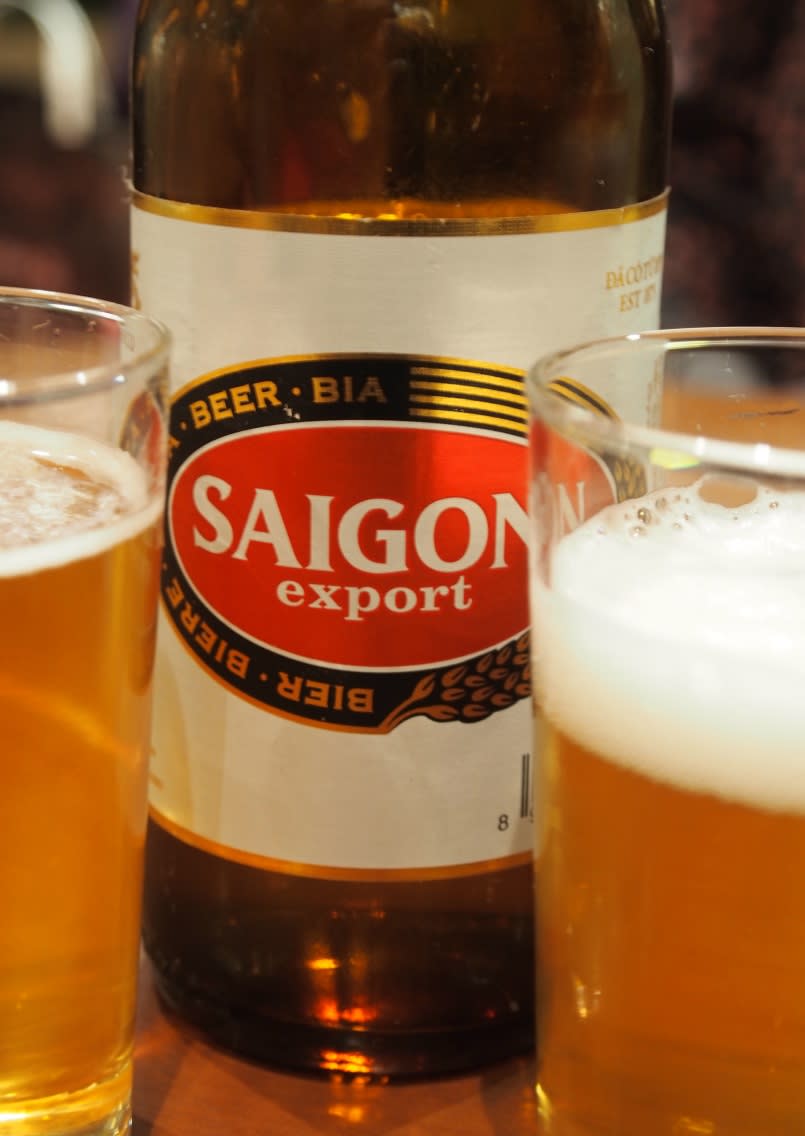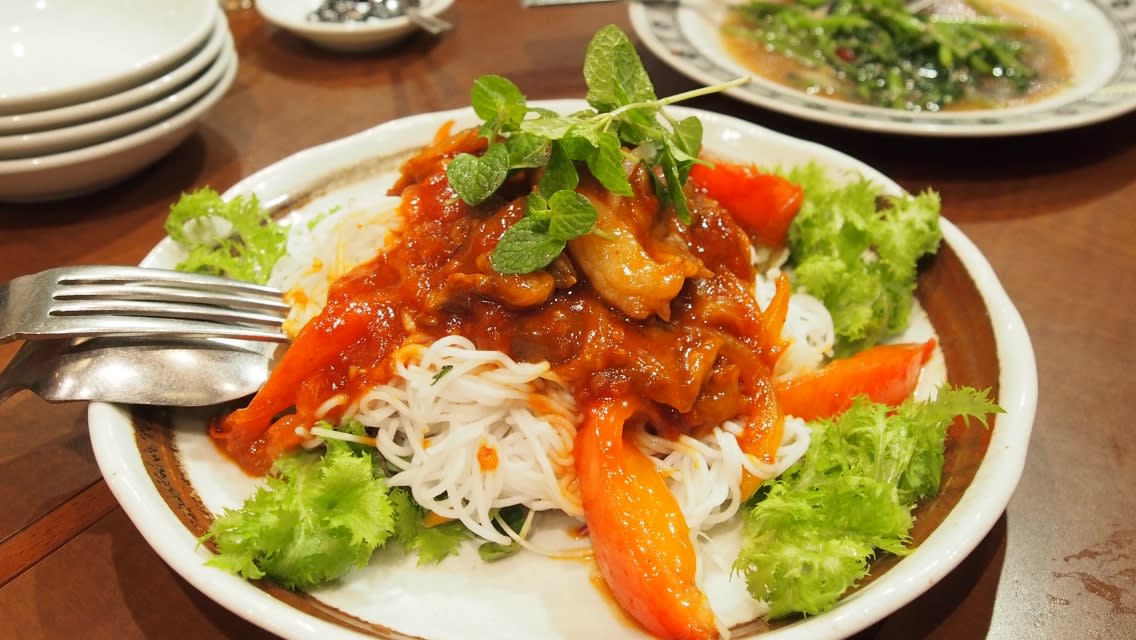http://www.domonken-kinenkan.jp/

Moved to Tokyo in 1916. Entered junior high school in Yokohama in 1923 and aimed to be a painter. After graduating from junior high school, worked at a string of odd jobs starting as a day laborer at the Communications Ministry. Then as his mother recommended, he became a live-in apprentice at age 24 at a photo studio in Ueno, Tokyo during 1933-35.
Joined Nihon Kobo publishing company in 1935 as a staff photographer for Nippon magazine and pamphlets that introduced Japan to foreigners. His first assignment at Nihon Kobo was to photograph children for the 7-5-3 coming-of-age celebration. Left Nihon Kobo in 1939 and worked for the International Culture Promotion Association (国際文化振興会)until 1943. Married Tami Nakamura, a typist at the Assocation, the same year.
Visited Muroji temple (室生寺)for the first time in 1939. In 1940, started shooting Buddhist statues for the Railway Ministry's International Tourism Bureau. Started photographing bunraku puppet theater in 1941. Won the 1st Ars Photo Award in 1943 for his photo book of people.
WIth no work in 1944, sold his beloved collection of literary and art books to a used book shop. In 1946, his second daughter meets an accidental death.
Photo contest judge for CAMERA magazine intermittently from 1950 to 1955 during which he advocated photographic realism among the contest entrants. Children became a major theme from 1953 starting with kids playing in Koto Ward, Tokyo.
Published a photo book on Muroji temple in 1954 which won him the 9th Mainichi Publishing Culture Award in 1955.
Photo contest judge for Photo Art magazine from 1956 to 1959. The planned sale of his photo book on Koto Ward (Tokyo) children was canceled in 1956 due to potentially offensive realism photographs of the lower middle class and self-restraint of his realism movement which ended in 1955.
Photographed atomic bomb survivors (especially children) from 1957 when an assignment from the Shukan Shincho weekly magazine took him to Hiroshima for the first time. The resulting photo book on Hiroshima wins him the 4th Mainichi Photo Award and 2nd Japan Photo Critics Association Award in1958. Started photographing Buddhist statues all over Japan from 1958.
Photographed impoverished children in the declining coal-mining region of Chikuho, Fukuoka in 1959. Hospitalized in Feb. 1960 due to cerebral hemorrhage at age 51. The right side of his body was paralyzed, and he could no longer hold a 35mm camera. Continued to take pictures with a large-format camera while in a wheelchair.
Visited Hiroshima again in May 1968 to photograph atom bomb survivors, but suffered another stroke later in June and enters Kyushu Univ. hospital. During rehabilitation, he sketched pictures of flowers. Continued rehabilitation for 5 months in 1969 at a hospital in a hot spring in Nagano Pref.
Won the 19th Kikuchi Kan Award in 1971 for his photographs of pilgrimage of ancient temples. Awarded the Medal with Purple Ribbon in1973. Becomes the first Honorary Citizen of Sakata, Yamagata Pref. in 1974. While in a wheelchair, starts photographing temples for his fifth photo book on temple pilgrimages.
Continued to take pictures until Sept. 1979 when he suffered a third stroke that left him comatose in Toranomon Hospital in Tokyo until his death due to heart failure in 1990. All the while, Ken Domon photo exhibitions have continued to be held and his photo books have continued to be published to this day.
Legendary Japanese photographer Domon Ken promoted photographic realism. "If it is not realistic, it is not photography," he would say. In 1950 in a column in Camera magazine (published by Ars), he declared the realism movement was about "The absolutely unposed, absolute snapshot." His charisma had great influence and many amateur photographers embraced the realism movement. In 1955, Domon conceded that the realism movement had ended.
He was a prolific creator of realistic photographs of temples and Buddhist statues. The Ken Domon Museum of Photography in Sakata, Yamagata Pref. was built in 1983. The Domon Ken Award was also established in 1982 by Mainichi Newspapers. In 1995, the Sakata City Domon Ken Culture Award was started.


http://www.ritzcarlton.com/en/Properties/Tokyo/PhotoGallery.htm#media=RCTOKYO_00097_1280x720
http://www.ritzcarlton.com/ja/Properties/Tokyo/Dining/Cafe_Deli/Default.htm
As guests alight from the elevator that takes them to the 45th floor of Tokyo’s tallest building, they are greeted by a magnificent sky lobby that epitomizes one of the premier luxury hotels in this cosmopolitan city – The Ritz-Carlton, Tokyo. Occupying the top nine floors and the first three levels of the 53-story Midtown Tower, this five-star luxury hotel is located in the Roppongi District, which transfixes visitors with both its vibrant night life and centuries-old attractions. Featuring more than 248 elegantly appointed guest rooms with stunning skyline views of Tokyo, a world-class rejuvenating spa, six acclaimed restaurants and state-of-the-art event venues, this distinctive luxury hotel orchestrates exceptional experiences with artistry, surprise and personalized attention for both business and leisure travelers alike.

































